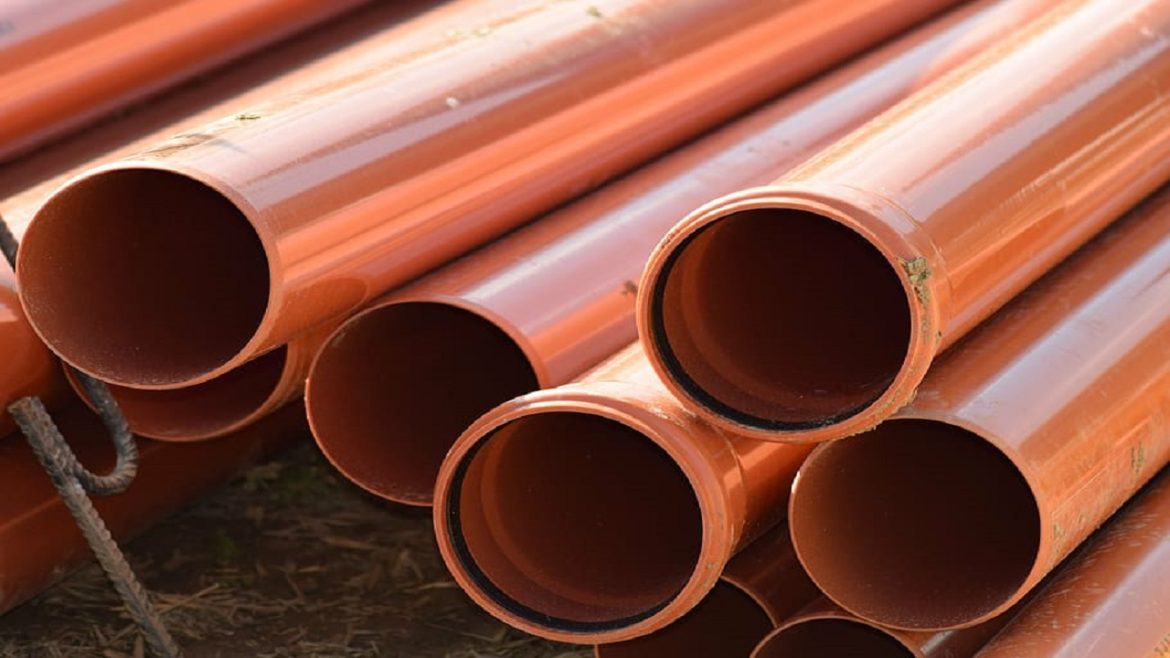When it comes to selecting the right steel for construction projects, engineers and builders often find themselves comparing ASTM A53 and ASTM A500. Both are popular choices, but understanding the differences between them is crucial for making informed decisions. In this article, we’ll explore key factors to consider when choosing between ASTM A53 and ASTM A500 for your project.
Mechanical Properties
One of the primary factors to consider in the a53 vs a500 debate is their mechanical properties. ASTM A53 steel pipes typically have higher tensile and yield strength compared to ASTM A500 structural tubing. This makes ASTM A53 suitable for applications where higher load-bearing capacity is required, such as in structural frameworks and bridges. On the other hand, ASTM A500 offers uniform strength throughout its various shapes, making it ideal for architectural designs and building frames.
Chemical Composition
The chemical composition of ASTM A53 and ASTM A500 steel also differs slightly, impacting their suitability for specific applications. ASTM A53 steel contains carbon, manganese, phosphorus, and sulfur, while ASTM A500 steel primarily consists of carbon, manganese, phosphorus, and sulfur with a more controlled composition. Understanding these differences is essential for ensuring the desired mechanical properties and performance in your project.
Applications
Consider the intended application of the steel when choosing between ASTM A53 and ASTM A500. ASTM A53 is commonly used for fluid transport, such as water, gas, and oil pipelines, thanks to its corrosion resistance properties. On the other hand, ASTM A500 is preferred for structural applications like building frames, architectural designs, and industrial components due to its aesthetic appeal and uniform strength.
Cost Implications
Cost is always a significant factor in decision-making processes. While ASTM A53 and ASTM A500 steel may have similar initial costs, it’s essential to consider long-term expenses. ASTM A53 might require more maintenance in harsh environments due to its susceptibility to corrosion, potentially increasing lifecycle costs. In contrast, ASTM A500’s durability and resistance to environmental factors could result in lower maintenance costs over time.
Fabrication Requirements
Another crucial factor to consider is the fabrication process. ASTM A53 steel pipes are primarily available in pipe forms, limiting their versatility in fabrication compared to ASTM A500, which comes in various shapes like round, square, and rectangular tubing. If your project requires intricate fabrication or specific shapes, ASTM A500 may be the better choice.
Environmental Considerations
Environmental factors play a significant role in determining the suitability of ASTM A53 vs. ASTM A500 steel for your project. If your project is located in a corrosive environment or subjected to extreme weather conditions, ASTM A500’s resistance to corrosion and uniform strength may offer better longevity and reliability.
Regulatory Compliance
Ensure that the chosen steel meets relevant industry standards and regulations. Both ASTM A53 and ASTM A500 adhere to stringent standards set by the American Society for Testing and Materials (ASTM), ensuring quality, reliability, and safety in construction projects. Consulting with regulatory authorities or industry experts can help ensure compliance with all necessary standards.
Conclusion
Choosing between ASTM A53 and ASTM A500 requires careful consideration of various factors, including mechanical properties, chemical composition, applications, cost implications, fabrication requirements, environmental considerations, and regulatory compliance. By evaluating these factors thoroughly, you can make an informed decision that meets the specific needs and requirements of your project, ensuring optimal performance and longevity.
